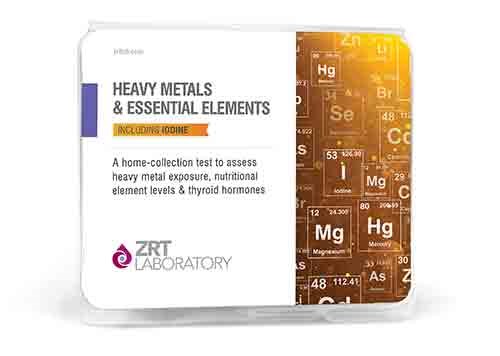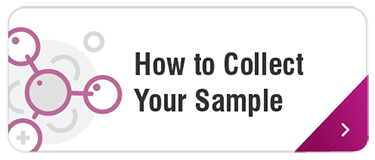HEAVY METALS & ESSENTIAL ELEMENTS
Heavy metal exposure is on the rise. Common sources include cigarettes, seafood, rice, well water & dental fillings.
These toxic elements can significantly increase our risk of developing conditions like dementia, infertility, diabetes and cancer. They are also known to cause damage to the liver, kidneys and brain, as well as the cardiovascular, nervous and endocrine systems.
Essential elements are abundant, too, and only healthy when they are within optimal ranges. Nutrients like copper, iodine, magnesium, selenium and zinc are critical for enzymes that synthesize neurotransmitters and activate hormones. Bromine and lithium, while not currently classified as “essential” elements, have been shown to play a positive role in health but are also potentially toxic at excessive levels.
Getting too much, and sometimes too little, of various elements has consequences for our overall health.
Who should consider heavy metals and essential elements testing? Anyone who:
- Smokes
- Has exposure to private well water or aging pipes
- Is concerned about heavy metals in foods like vegetables, rice and seafood
- Has mercury dental work
- Lives in an older home or near an industrial area
- Has thyroid-related health issues
ZRT's heavy metals and essential elements testing provides the most accurate test results. Using ICP-MS, the gold standard for element analysis, allows for high specificity and sensitivity into the parts-per-trillion.
Heavy metals and essential elements affect different systems of the body, so it makes sense that they can’t all be measured in the same body fluid. ZRT tests using the most scientifically appropriate medium – either urine or dried blood spot – for our elements profiles.
For example, urinary cadmium is the best measure of accumulated exposure, while blood spot assesses only recent exposure. Urine is the only appropriate medium for arsenic.
ZRT’s dried urine method offers a discreet, at-home testing alternative and eliminates the hassles of all-day jug urine collection. Patients collect urine on a filter strip twice during the day. Dried strips are shelf-stable for 30 days and easy to mail back to the lab for analysis.
Allows testers to collect samples in the privacy of their own homes and is simple and nearly painless, avoiding a trip to the phlebotomist.
Recommended for Practitioners:
Webinar: Toxic Heavy Metals & Risks for Cancer
Practitioner Overview: Elements Testing
Datasheet: Heavy Metals & Essential Elements Testing in Dried Urine & Dried Blood Spot
Recommended for Patients:
Webinar: Living with Toxic Metals
Blog: Does Bioaccumulation of Toxic Elements Lead to Large Problems?
To restore the vital balance of hormones, we first need a detailed, accurate measurement of hormone levels. Not just numbers, but an assessment that offers real meaning.
ZRT Test Directory & Abbreviations
Heavy Metals & Essential Elements Reference Ranges


